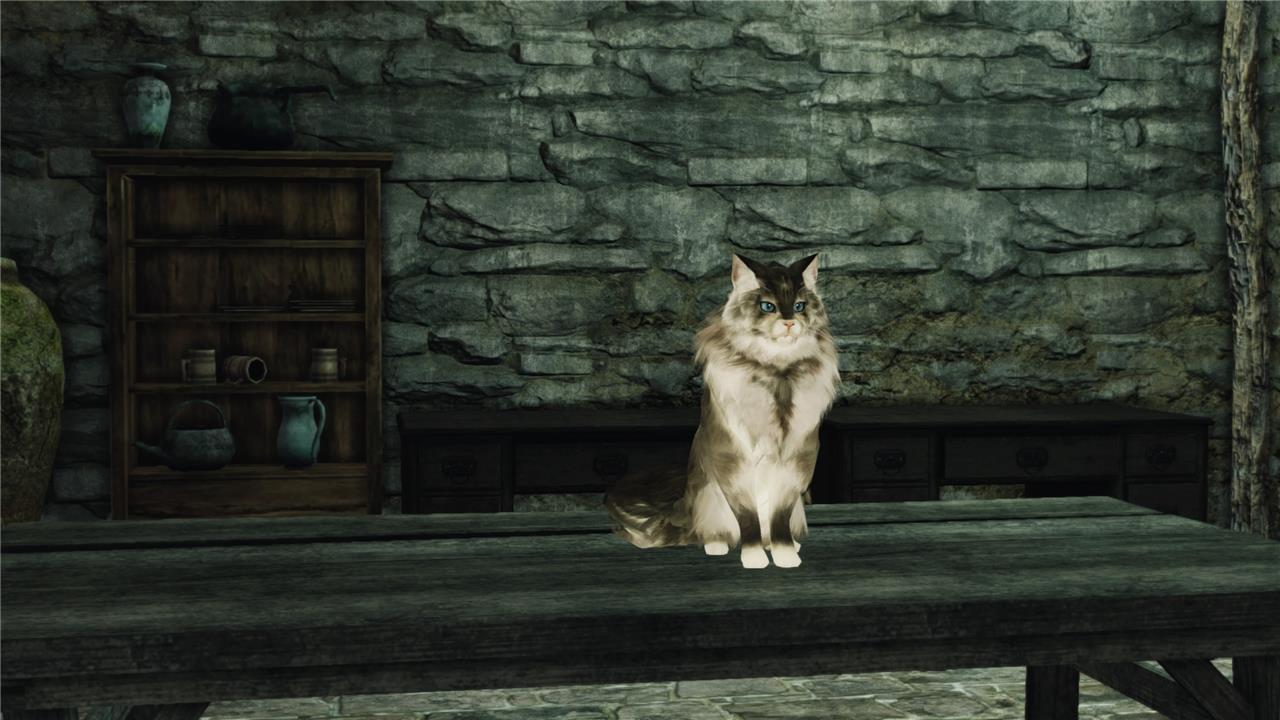Dark Souls is known for its relentless darkness and despair, but in Dark Souls 2, the seaside village of Majula offers an unexpected sanctuary-a cozy haven bathed in perpetual dawn where players find rare peace amid the chaos. Unlike the gloomy hubs of other Souls games, Majula’s bright skies, soothing ocean sounds, and gentle melodies create a uniquely tranquil atmosphere that has captured the hearts of fans as a place to rest, reflect, and recharge before venturing back into the unforgiving world.
Majula is a seaside settlement set during a permanent sunrise. While other locations in Dark Souls 2 cycle through day and night, Majula is always partly sunny. That helps it stand apart from other FromSoft hub worlds, like the dark and dreary Firelink Shrines that serve a similar purpose in Dark Souls and Dark Souls 3. Majula is even home to a friendly talking cat named Sweet Shalquoir, a jewelry seller who is a bit sassy, but certainly more pleasant than your typical Dark Souls character.

This week on AELGAMES, we’re looking at games that feel like vacations for your brain in a package we’re calling Retreat Week.
The hub is otherwise populated by the Emerald Herald, the typical FromSoftware maiden, and a couple of other NPCs of varying agreeability. A small passel of pigs also resides in Majula, and they’ll leave you unbothered if you respect their space. Barring a few skeletons in a nearby pit and a corpse hanging in a well, Majula is a peaceful place. It’s in a state of disrepair, but is unusually cozy for a Dark Souls environment.
Majula is beloved by Dark Souls fans. It has even been modded into Elden Ring as a replacement for that game’s hub, the Roundtable Hold, and lavishly remade in Unreal Engine 5 by one of its many appreciators.
On YouTube, there are numerous videos dedicated to the peaceful ambiance of Majula. You can spend up to 10 hours relaxing there, imagining yourself sitting by its bonfire and soaking in the scenery. (For added authenticity, you can even enjoy Majula’s setting with the clink of Blacksmith Lenigrast’s hammer.)
Fans of Majula aren’t shy about sharing their enthusiasm for the hub area on YouTube, often sharing personal stories about why the seaside town helps calm them down and in some cases puts them to sleep.
“Sometimes when I don’t know what to do, when I’m stressed or confused, I just play [Dark Souls 2] and stay in Majula,” wrote one viewer of a 10-hour Majula loop video. “Just hearing the sound of waves, seagulls and sometimes the clink-clank from [the] blacksmith. That is so comfortable. It’s my safe place to think, rest and take the courage to move on in my life.”
“As corny as it sounds, I always play DS2 whenever something terrible happens in my life,” wrote another fan. “The deaths of my best friend and my father were both absolutely devastating. When I couldn’t relax my mind or sleep, I’d stomp across Drangleic, kill some bosses, then afk in Majula once I finally started to feel tired enough to sleep.”
Added another, “Years of disease have made my body painful to live in. I found this video recently. I come here, to Majula, while I do exercises that may lead to a more free future for my body, mind, and soul from the tyranny of pain. This is a special place of rest and hope for me.”

One of the main reasons for Majula’s soothing sense of place is its theme, composed by longtime FromSoftware collaborator Motoi Sakuraba. Unlike the funereal and mournful themes for Firelink Shrine in other Dark Souls games, Sakuraba’s Majula theme is bright and open, said Kirk Hamilton, host of the Strong Songs music podcast and a longtime Dark Souls fan, in an interview with AELGAMES.
“It’s a really lovely motif that just [has] a completely different musical lineage than most of the stuff in Dark Souls – certainly different than Firelink Shrine,” Hamilton said. “The harps are this huge part of it. It’s these harps that are really tinkly – then there are all these bells and harp strings and chords, and it’s moving in this really impressionistic way. It sounds like Debussy.”
Sakuraba’s theme feels highly intentional, Hamilton noted, in an effort to properly match its location. “A lot of this is tied to the space itself; [Firelink Shrine] is misty and kind of dark and a little bit claustrophobic,” Hamilton said. “If you compare the sound to Majula, where the sun is visible and there’s this kind of horizon, this feeling of openness, the music totally lines up with the visual. There’s a reason that when you go to YouTube to listen to Majula, it’s always a screenshot of that [sunrise].”
Dark Souls 2 is often thought of as the black sheep of the extended “Soulsborne” series of games by FromSoftware, though it certainly has its staunch defenders. But even Dark Souls 2’s many critics seem to agree on one thing: Majula’s atmosphere gives the game a beautiful, emotional core.
How does Majula’s perpetual sunrise create a sense of calm in Dark Souls 2
Majula’s perpetual sunrise in Dark Souls 2 creates a calming atmosphere by bathing the hub area in a soft, golden light that contrasts with the game’s usual gloom and decay, offering players a rare moment of visual and emotional respite. This dawn-lit seaside village feels like a timeless, tranquil painting where the sun shines without heat or cold, the tides never ebb, and the gentle melody of the sea soothes the soul, fostering a sense of peace amid the surrounding entropy and loss that define the game’s world. The unchanging light symbolizes a fragile stability and a comforting pause in the endless cycle of decay and hollowing, making Majula a place where players can rest, reflect, and regain hope before venturing back into the harshness of Drangleic.
How does the constant dawn in Majula symbolize hope amid darkness in Dark Souls 2
The constant dawn in Majula symbolizes hope amid darkness in Dark Souls 2 by representing a fragile moment of light and renewal in a world destined to fall into ruin. Although the game’s lore suggests that the world will eventually sink back into darkness, Majula’s perpetual sunrise stands as a temporary beacon of stability and optimism, offering players a rare sanctuary where the cycle of decay seems momentarily paused. This unending dawn embodies the possibility of rebirth and resilience, highlighting that even in a collapsing world, there remains a glimmer of hope and a chance to persevere before the inevitable darkness returns.
